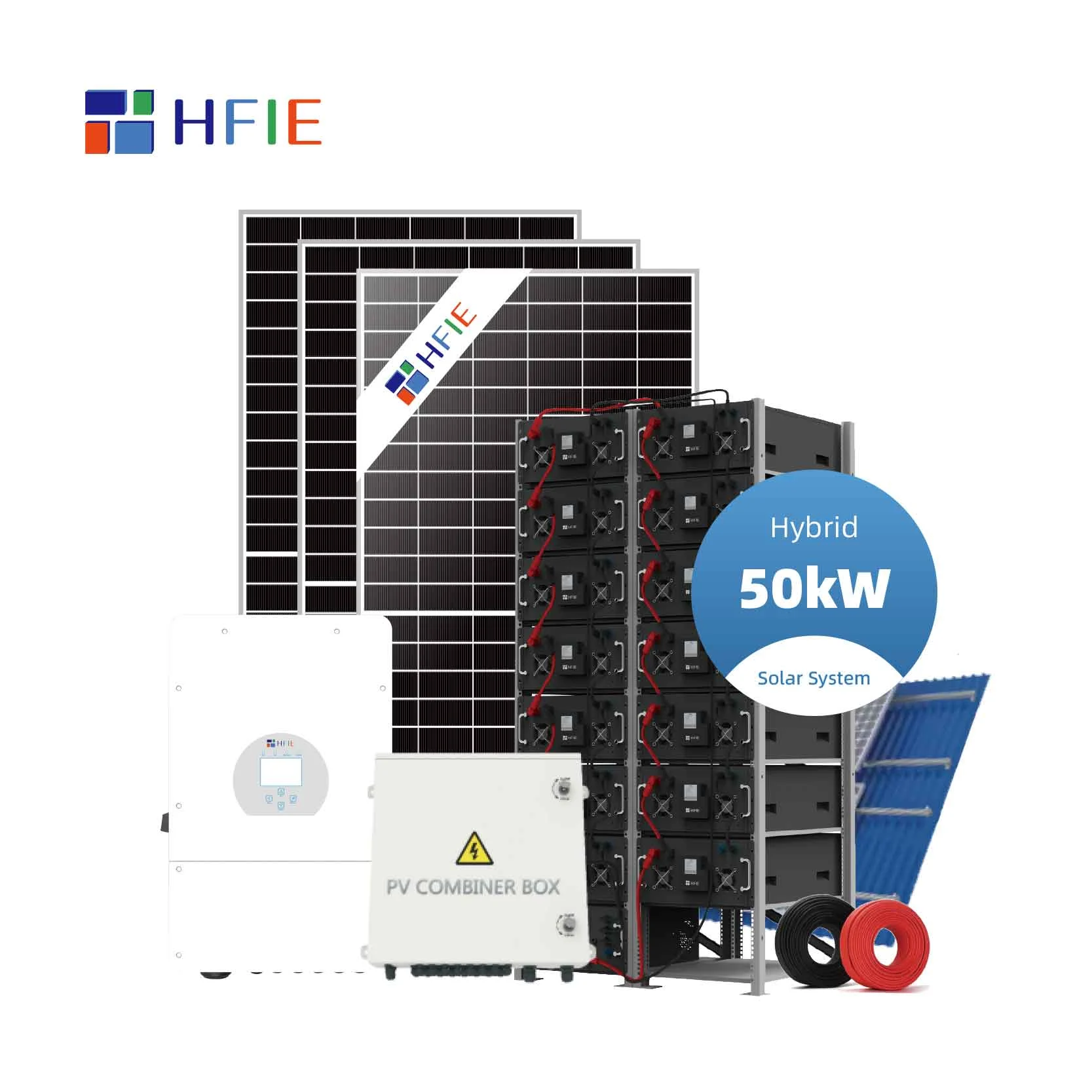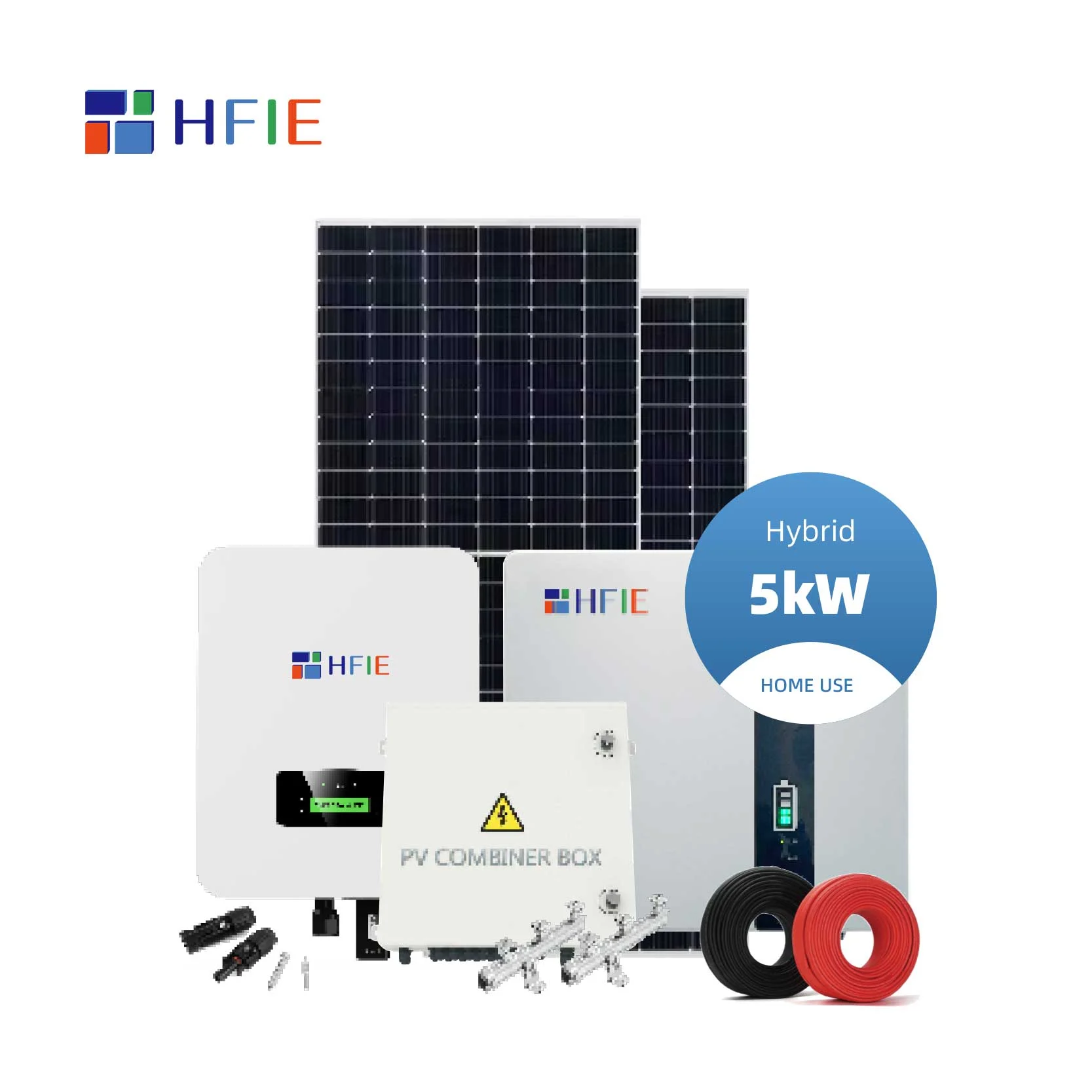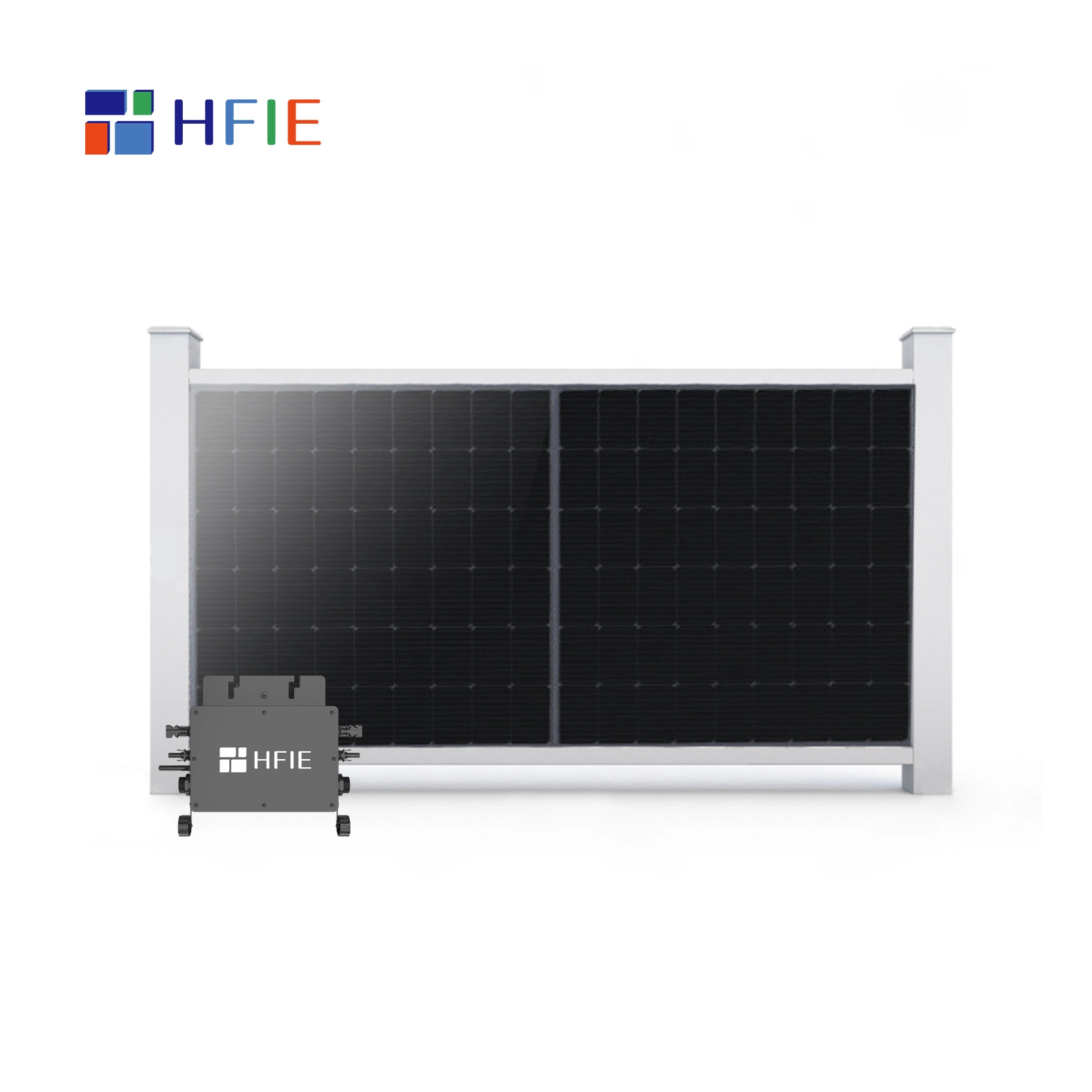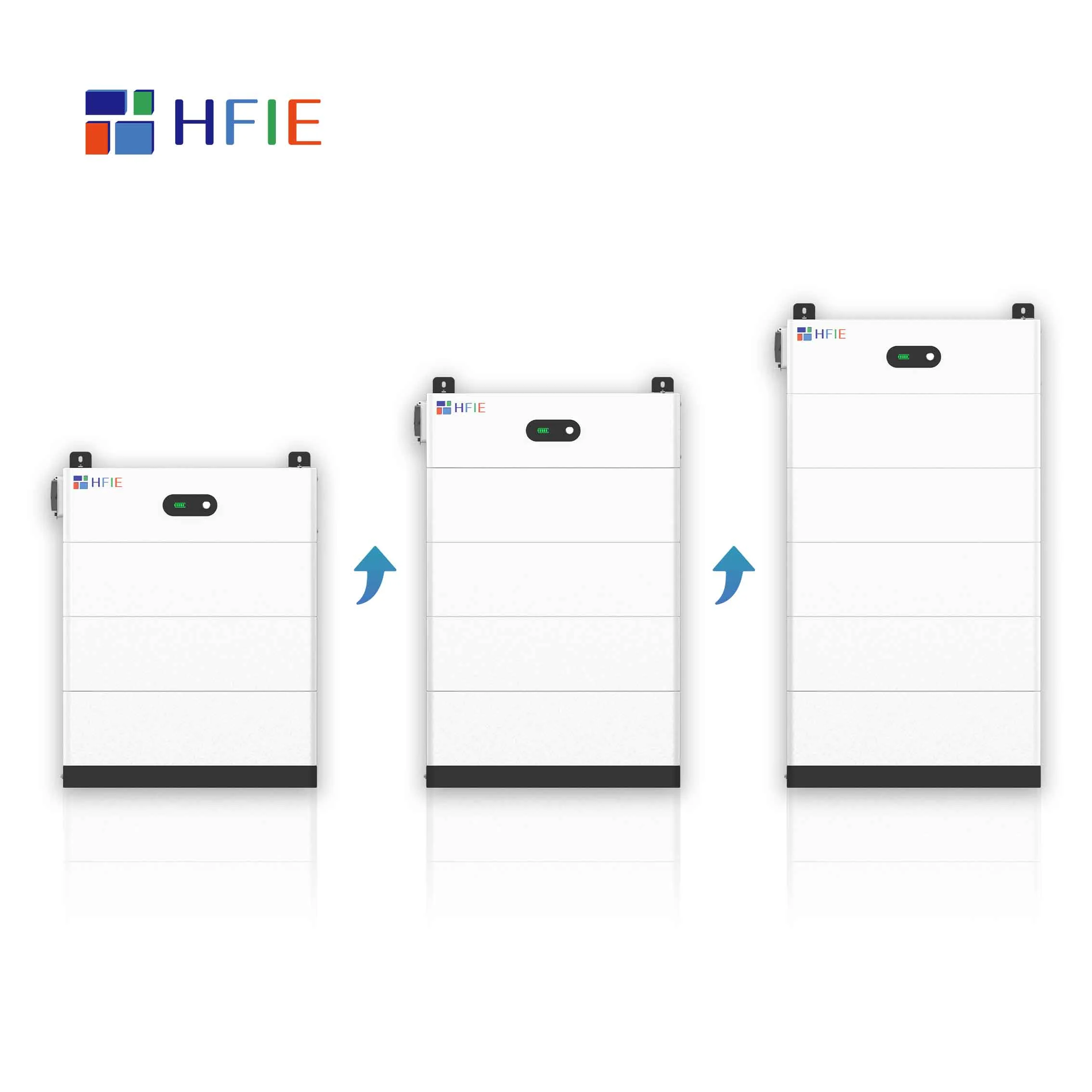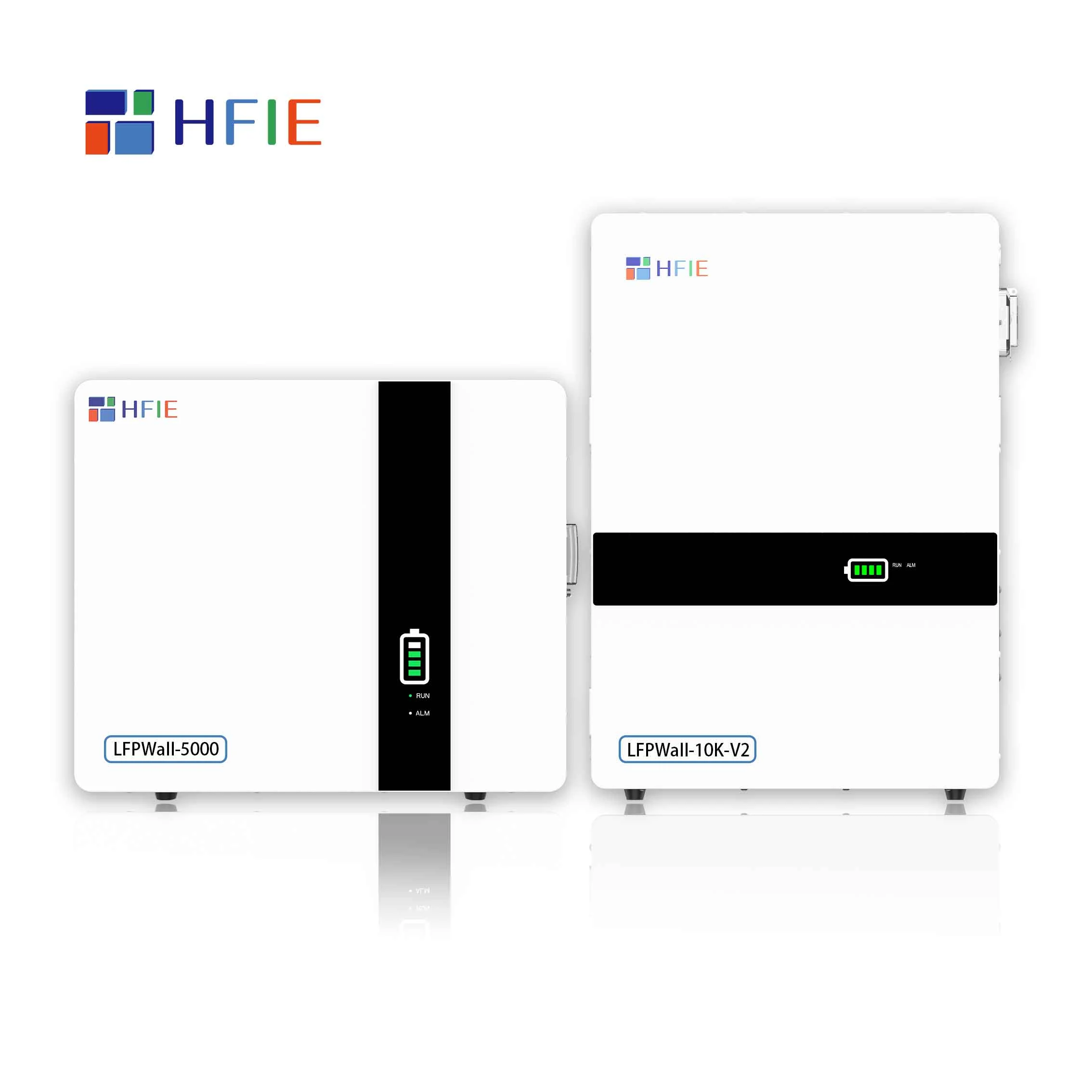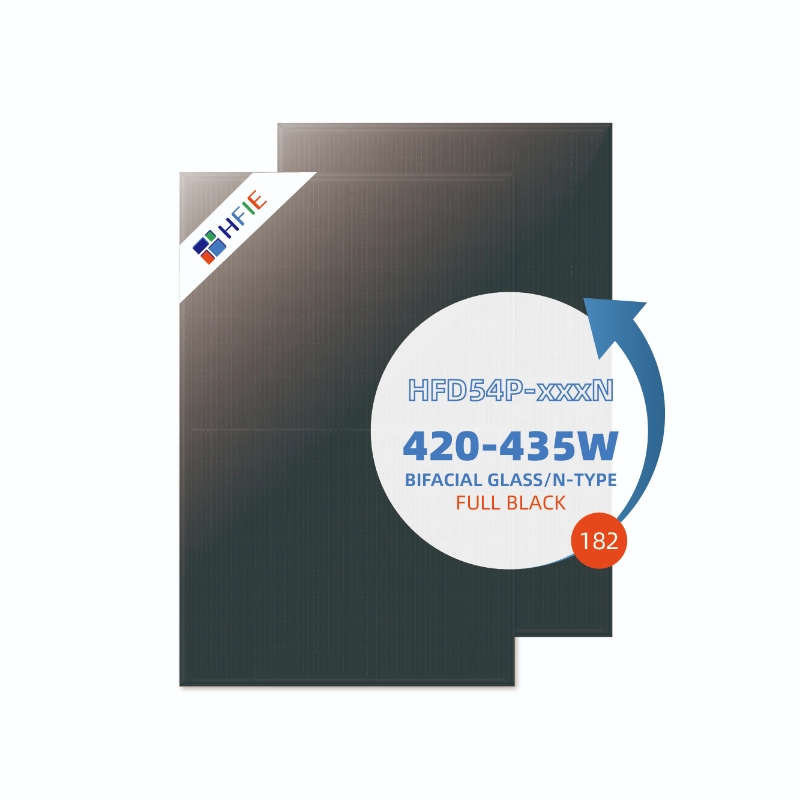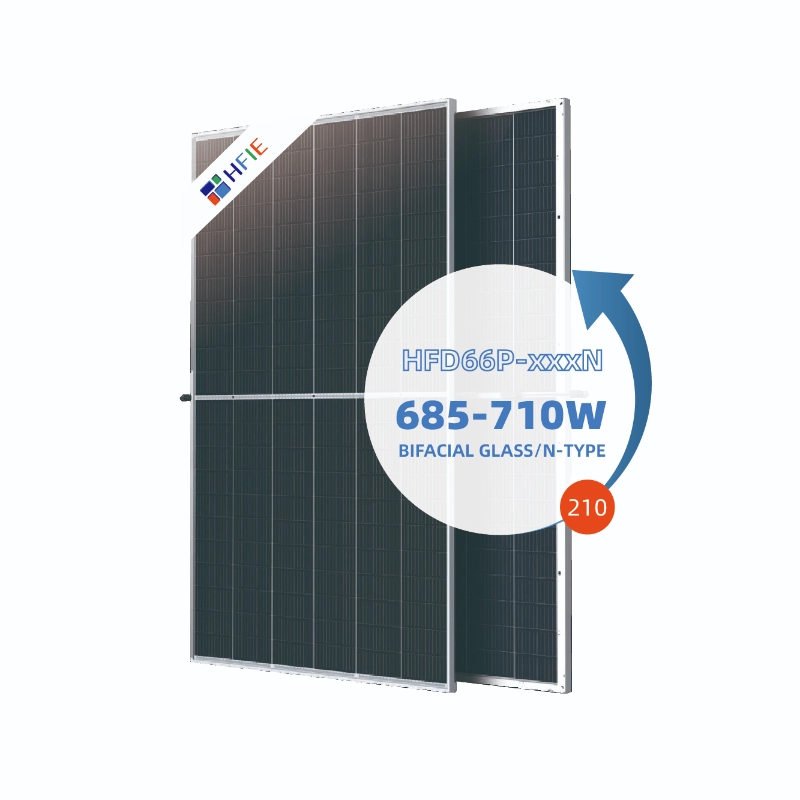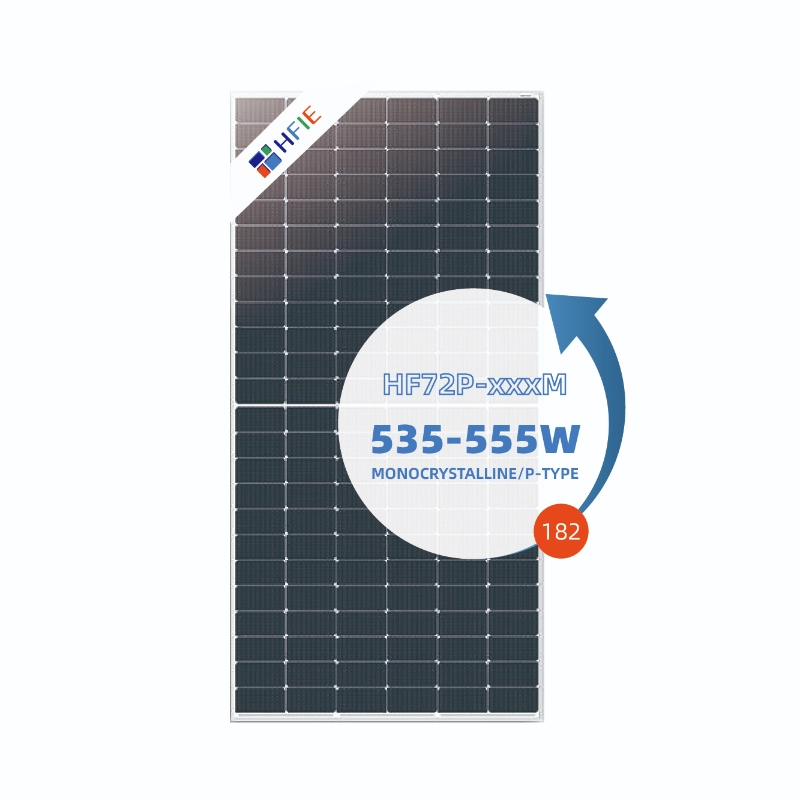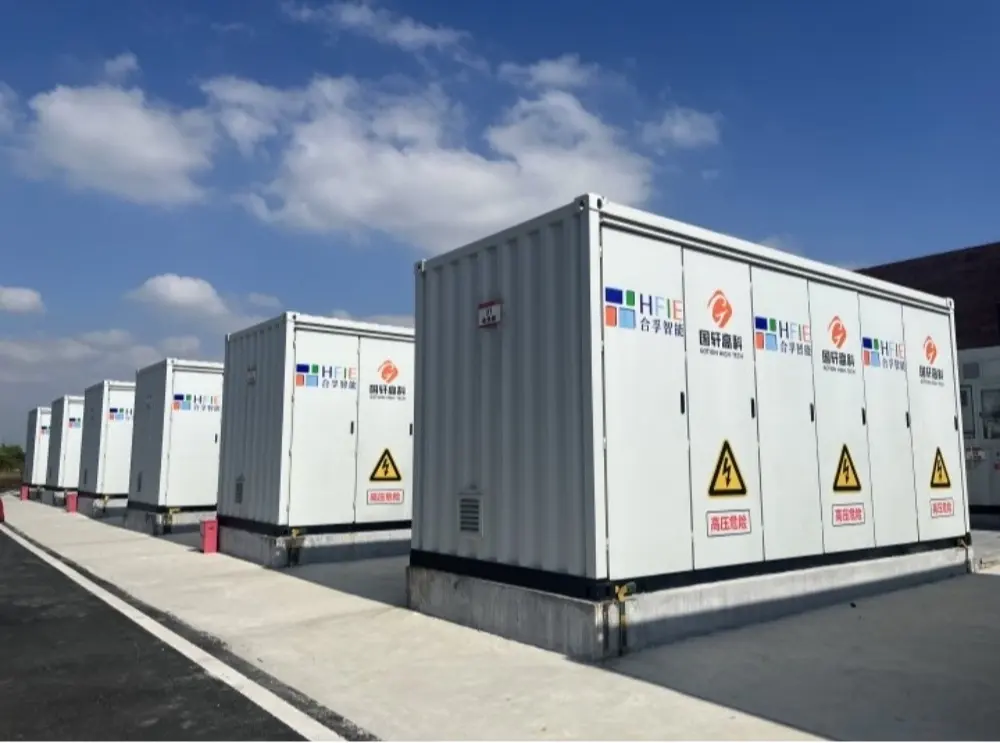An ESS container (Energy Storage System Container) is a modular energy storage system pre-assembled inside a standard 20-foot or 40-foot container. It integrates lithium iron phosphate (LFP) batteries, inverters, cooling systems, fire suppression systems, and smart software such as Battery Management Systems (BMS) and Energy Management Systems (EMS). These containerized battery storage systems are pre-assembled and tested in factories before deployment, which greatly simplifies the installation process and is ideal for commercial and industrial applications.
The main advantage of ESS containers lies in their high modularity and scalability, allowing them to meet different energy storage needs, from small-scale to large-scale systems. Whether providing power support to remote areas or ensuring grid stability for urban areas, ESS containers can adapt flexibly to various application scenarios. Additionally, the “plug-and-play” design of containerized systems allows them to be deployed quickly, reducing the complexity of on-site construction and debugging. This innovation has become an essential part of energy storage solutions.
Modular and Scalable Design
The design of ESS containers focuses on modularity, making the system highly scalable. The standardized size and configuration of the containers allow for flexible capacity expansion or reduction based on needs. For example, some systems can expand from hundreds of kWh to several MWh, catering to the needs of small factories or large renewable energy projects. This modular design not only allows gradual system expansion but also makes it possible to customize the solution for different requirements.
At a solar farm in California, two 2MWh ESS containers were initially installed. As the demand grew, the farm expanded to 10MWh by adding more containers, ensuring the power supply remained unaffected. This flexibility makes ESS containers an important tool in commercial, industrial, and utility sectors, enabling easy capacity adjustments in response to changes in demand and avoiding the complexities of traditional storage systems.
Fast Deployment and Plug-and-Play Functionality
In certain emergency situations, such as post-natural disaster recovery or peak energy demand periods, speed is critical. The design of ESS containers is intended to meet this demand. They are pre-assembled and tested in factories and can be deployed within a short period. For example, in the summer of 2024, a data center in Texas successfully installed a 1MWh ESS container in just 72 hours, ensuring uninterrupted power supply and avoiding potential losses amounting to millions of dollars.
This plug-and-play feature makes ESS containers especially suitable for situations requiring rapid response, such as data centers, hospitals, and commercial buildings. The installation process is straightforward, usually only requiring basic wiring and configuration, avoiding the long construction and debugging time associated with traditional energy storage systems. As a result, ESS containers significantly reduce downtime costs for businesses and can quickly adapt to market or environmental changes.
Environmental Adaptability and Durability
ESS containers are designed to withstand extreme climates and harsh environments, ensuring reliable operation in conditions such as deserts, high temperatures, or humid environments. Many ESS containers use corrosion-resistant materials and have an IP54+ protection rating, making them resistant to sandstorms, heavy rain, and corrosive factors in marine environments.
For example, a 2MWh ESS container in the Australian outback successfully provided power to a mining microgrid, even though temperatures regularly exceeded 40°C, and sandstorms were frequent. Thanks to the durable design, the container maintained high operational efficiency and reduced maintenance costs, making it a reliable option for off-grid or remote applications.
Cost Savings and Energy Optimization
ESS containers not only store energy but also optimize energy usage through intelligent energy management, resulting in significant cost savings. By storing electricity during off-peak hours (when electricity prices are low) and using it during peak periods (such as hot summer days), businesses can reduce electricity expenses. Additionally, ESS containers support energy arbitrage, where electricity is stored during low-price periods and released for sale during high-price periods to make a profit.
For instance, a factory in Germany deployed a 1.5MWh ESS container, storing electricity during off-peak nighttime hours and using it during peak daytime hours, resulting in annual cost savings of 25%. The investment was expected to pay off within five years. With policy support such as the U.S. Investment Tax Credit (ITC), energy storage offers businesses a strong return on investment and enables them to stay competitive in an increasingly complex energy market.
Enhanced Safety and Reliability
Safety is one of the core considerations in the design of ESS containers. To prevent issues such as overheating or short circuits, containers are equipped with advanced Battery Management Systems (BMS), fire detection systems, and automatic fire suppression mechanisms. Some ESS containers, for example, use water-based fire suppression systems, which can quickly respond to fires and minimize damage to the equipment. The BMS and EMS ensure that batteries always operate within safe parameters, preventing overcharging or deep discharge that could pose a danger.
Moreover, with the advancement of technology, many ESS containers are equipped with smart monitoring systems that track the health status of the batteries, operational efficiency, and environmental conditions in real time, further enhancing system reliability. These features ensure that ESS containers not only guarantee safety but also extend the lifespan of the equipment, reducing downtime and maintenance costs.
Future Prospects
As the global energy transition progresses and the demand for renewable energy increases, the market for ESS containers is expected to grow significantly. These containers not only solve the issue of intermittent renewable energy generation but also play an important role in grid frequency regulation, load balancing, and other energy management functions. In the future, as battery technology continues to improve, the capacity and efficiency of ESS containers will rise, while costs are likely to decrease substantially.
At the same time, the integration of Artificial Intelligence (AI) and big data technologies will make the energy management systems of ESS containers even smarter. They will be able to automatically adjust storage strategies based on grid load forecasts and weather patterns, further improving energy utilization efficiency. This will provide businesses and utilities with more flexible and cost-effective energy storage solutions, driving global progress toward clean energy and sustainable development.
Conclusion
ESS containers, as an innovative energy storage solution, are gradually transforming the global energy storage industry with their modularity, scalability, fast deployment, durability, and intelligent features. Whether for emergency backup power, renewable energy projects, or commercial and industrial applications, ESS containers have demonstrated their significant potential and value. With ongoing technological advancements, ESS containers will play an increasingly important role in the global energy transition, contributing to the development of more intelligent and sustainable energy systems.








